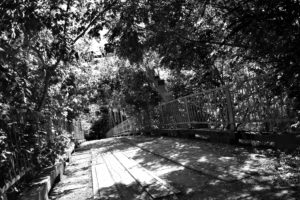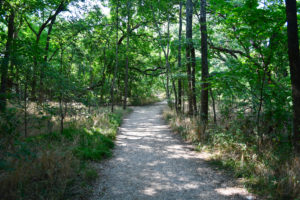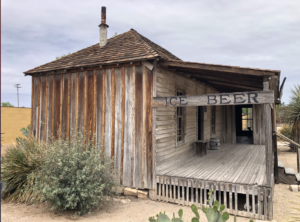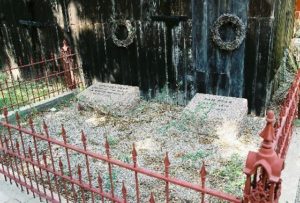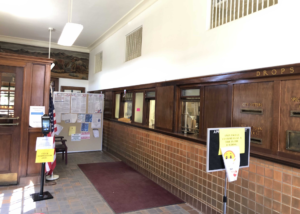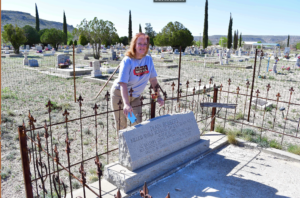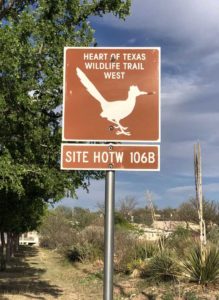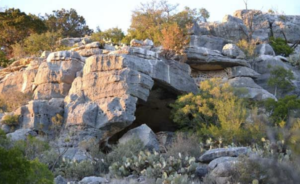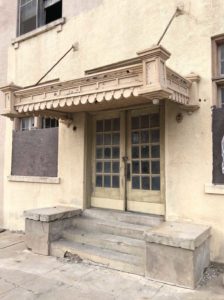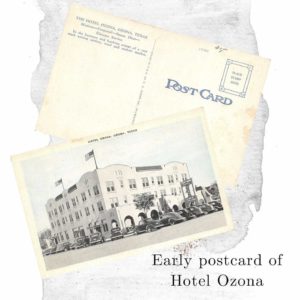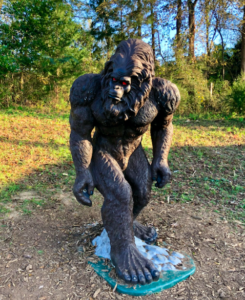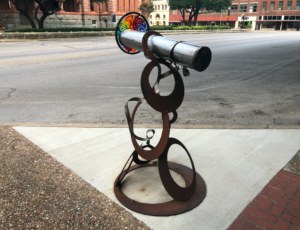It’s hard to believe that the USS Texas won’t be moored at the San Jacinto Battlegrounds across from the Monument any longer. I’ve been visiting this historic ship here since I was a kid. This is the last weekend that it will be here before heading to dry dock for some much-needed repairs. After that, she’ll go to her new home . . . which hasn’t quite been decided yet.
 Now this isn’t just any old ship. Commissioned in 1914 (yep, over 100 years ago), she’s one of the few surviving Dreadnaughts and a veteran of two world wars. That makes the Texas one of the oldest surviving battleships in existence. If you’re at all interested in naval history, hers is worth reading about.
Now this isn’t just any old ship. Commissioned in 1914 (yep, over 100 years ago), she’s one of the few surviving Dreadnaughts and a veteran of two world wars. That makes the Texas one of the oldest surviving battleships in existence. If you’re at all interested in naval history, hers is worth reading about.
Constructed of iron, wood and steel the years and elements have taken their toll and previous “bandaid” repairs aren’t going to help any more. So the state, who owns the ship, has dedicated $35 million to her refurbishment with the understanding that they will no longer pay for repairs. (Yikes!) That’s part of why the ship needs to relocate. It will take a lot more visitors to pay the bills from here on out.
They have installed 750,000 gallons of expanded foam to reduce the water she’s taking on from over 2,000 gallons per minute to under 20 gallons per minute. That should make her stable enough to be towed to dry dock in Galveston for repairs.

 After she’s, well . . . ship shape again, she will either be berthed in Baytown, Beaumont or at the Sea Wold Park in Galveston alongside the Stewart and the Cavalla. (I have my fingers crossed for Galveston.)
After she’s, well . . . ship shape again, she will either be berthed in Baytown, Beaumont or at the Sea Wold Park in Galveston alongside the Stewart and the Cavalla. (I have my fingers crossed for Galveston.) 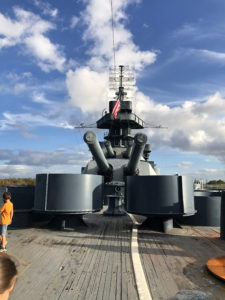

When I found out that my husband (who grew up just about 12 miles away from the San Jacinto Monument Park) had never been aboard the Texas, I decided we needed to take advantage of this “last weekend” to walk her decks. Lots of other locals had the same idea.
 In addition to the fascinating things to see on the Texas, including peeks at rarely seen spaces like the officers’ wardroom, Santa was even there – and ya know I can’t resist the guy in red. I even spotted one of those rascally elves in the mess hall. See him hanging on the fridge?
In addition to the fascinating things to see on the Texas, including peeks at rarely seen spaces like the officers’ wardroom, Santa was even there – and ya know I can’t resist the guy in red. I even spotted one of those rascally elves in the mess hall. See him hanging on the fridge? 

 We came away with “Merry Christmas” Battleship Texas T-shirts – not something you see everyday.
We came away with “Merry Christmas” Battleship Texas T-shirts – not something you see everyday.

 Now we’re all going to need some patience to wait during repairs and the decision about her new home. But wherever that will be, I’ll be back aboard when I get the chance.
Now we’re all going to need some patience to wait during repairs and the decision about her new home. But wherever that will be, I’ll be back aboard when I get the chance.







